NK Nuclear Test
입력 2017.09.04 (13:54)
수정 2017.09.04 (14:00)
읽어주기 기능은 크롬기반의
브라우저에서만 사용하실 수 있습니다.
[Anchor Lead]
On Sunday North Korea detonated its most powerful nuclear weapon to date. It’s the sixth nuclear test conducted by the North since 2006, and reports indicate that Pyongyang have secured the technology to manufacture hydrogen bombs.
[Pkg]
Hydrogen bombs require more elaborate technologies to produce than nuclear bombs. While nuclear bombs are produced through nuclear fission by condensing plutonium and uranium, hydrogen bombs employ the hydrogen fusion of the deuterium and lithium using the heat emitted when small nuclear bombs explode. Hydrogen bombs can be only one-fifth the size of nuclear bombs, but their power is dozens of times stronger. The magnitude of the blast during the sixth nuclear test was 50-150 kilotons, powerful enough to conclude that it was a hydrogen bomb. South Korea's military is analyzing the test presuming that it was something in between a boosted fission weapon and a hydrogen bomb.
[Soundbite] Lee Chun-keun(Science & Technology Policy Institute) : "Judging by the warhead, it is similar to the hydrogen bomb that the Soviet Union developed in the mid-1950s."
With uranium being the main material of hydrogen bombs, it will likely be a matter of time before North Korea begins to produce uranium en masse.
[Soundbite] Shin Won-shik(Fmr. Operations Officer at Joint Chiefs of Staff) : "North Korea has the largest uranium reserves in the world. They are estimated at around 26 Mn tons. Of that, 4 Mn tons can be extracted."
Once the North secures atmosphere re-entry technology, its intercontinental ballistic missiles mounted with nuclear warheads will be complete.
On Sunday North Korea detonated its most powerful nuclear weapon to date. It’s the sixth nuclear test conducted by the North since 2006, and reports indicate that Pyongyang have secured the technology to manufacture hydrogen bombs.
[Pkg]
Hydrogen bombs require more elaborate technologies to produce than nuclear bombs. While nuclear bombs are produced through nuclear fission by condensing plutonium and uranium, hydrogen bombs employ the hydrogen fusion of the deuterium and lithium using the heat emitted when small nuclear bombs explode. Hydrogen bombs can be only one-fifth the size of nuclear bombs, but their power is dozens of times stronger. The magnitude of the blast during the sixth nuclear test was 50-150 kilotons, powerful enough to conclude that it was a hydrogen bomb. South Korea's military is analyzing the test presuming that it was something in between a boosted fission weapon and a hydrogen bomb.
[Soundbite] Lee Chun-keun(Science & Technology Policy Institute) : "Judging by the warhead, it is similar to the hydrogen bomb that the Soviet Union developed in the mid-1950s."
With uranium being the main material of hydrogen bombs, it will likely be a matter of time before North Korea begins to produce uranium en masse.
[Soundbite] Shin Won-shik(Fmr. Operations Officer at Joint Chiefs of Staff) : "North Korea has the largest uranium reserves in the world. They are estimated at around 26 Mn tons. Of that, 4 Mn tons can be extracted."
Once the North secures atmosphere re-entry technology, its intercontinental ballistic missiles mounted with nuclear warheads will be complete.
■ 제보하기
▷ 카카오톡 : 'KBS제보' 검색, 채널 추가
▷ 전화 : 02-781-1234, 4444
▷ 이메일 : kbs1234@kbs.co.kr
▷ 유튜브, 네이버, 카카오에서도 KBS뉴스를 구독해주세요!
- NK Nuclear Test
-
- 입력 2017-09-04 13:56:33
- 수정2017-09-04 14:00:20
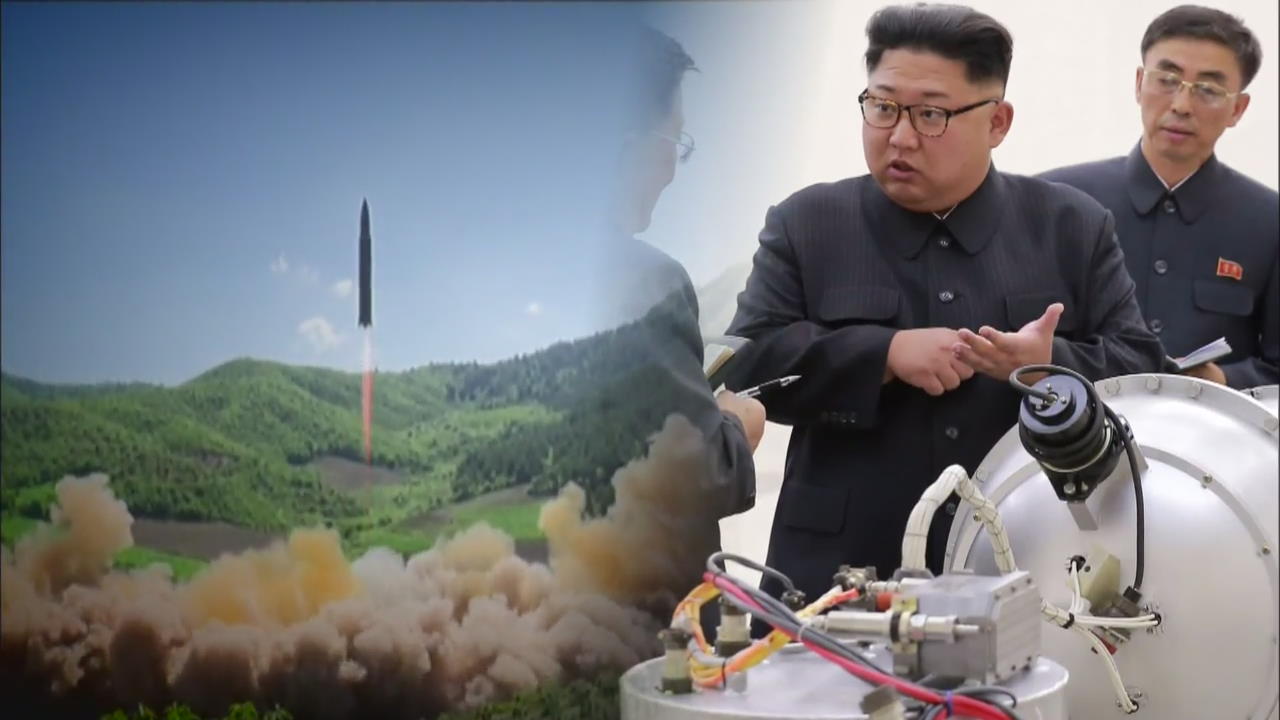
[Anchor Lead]
On Sunday North Korea detonated its most powerful nuclear weapon to date. It’s the sixth nuclear test conducted by the North since 2006, and reports indicate that Pyongyang have secured the technology to manufacture hydrogen bombs.
[Pkg]
Hydrogen bombs require more elaborate technologies to produce than nuclear bombs. While nuclear bombs are produced through nuclear fission by condensing plutonium and uranium, hydrogen bombs employ the hydrogen fusion of the deuterium and lithium using the heat emitted when small nuclear bombs explode. Hydrogen bombs can be only one-fifth the size of nuclear bombs, but their power is dozens of times stronger. The magnitude of the blast during the sixth nuclear test was 50-150 kilotons, powerful enough to conclude that it was a hydrogen bomb. South Korea's military is analyzing the test presuming that it was something in between a boosted fission weapon and a hydrogen bomb.
[Soundbite] Lee Chun-keun(Science & Technology Policy Institute) : "Judging by the warhead, it is similar to the hydrogen bomb that the Soviet Union developed in the mid-1950s."
With uranium being the main material of hydrogen bombs, it will likely be a matter of time before North Korea begins to produce uranium en masse.
[Soundbite] Shin Won-shik(Fmr. Operations Officer at Joint Chiefs of Staff) : "North Korea has the largest uranium reserves in the world. They are estimated at around 26 Mn tons. Of that, 4 Mn tons can be extracted."
Once the North secures atmosphere re-entry technology, its intercontinental ballistic missiles mounted with nuclear warheads will be complete.
On Sunday North Korea detonated its most powerful nuclear weapon to date. It’s the sixth nuclear test conducted by the North since 2006, and reports indicate that Pyongyang have secured the technology to manufacture hydrogen bombs.
[Pkg]
Hydrogen bombs require more elaborate technologies to produce than nuclear bombs. While nuclear bombs are produced through nuclear fission by condensing plutonium and uranium, hydrogen bombs employ the hydrogen fusion of the deuterium and lithium using the heat emitted when small nuclear bombs explode. Hydrogen bombs can be only one-fifth the size of nuclear bombs, but their power is dozens of times stronger. The magnitude of the blast during the sixth nuclear test was 50-150 kilotons, powerful enough to conclude that it was a hydrogen bomb. South Korea's military is analyzing the test presuming that it was something in between a boosted fission weapon and a hydrogen bomb.
[Soundbite] Lee Chun-keun(Science & Technology Policy Institute) : "Judging by the warhead, it is similar to the hydrogen bomb that the Soviet Union developed in the mid-1950s."
With uranium being the main material of hydrogen bombs, it will likely be a matter of time before North Korea begins to produce uranium en masse.
[Soundbite] Shin Won-shik(Fmr. Operations Officer at Joint Chiefs of Staff) : "North Korea has the largest uranium reserves in the world. They are estimated at around 26 Mn tons. Of that, 4 Mn tons can be extracted."
Once the North secures atmosphere re-entry technology, its intercontinental ballistic missiles mounted with nuclear warheads will be complete.
이 기사가 좋으셨다면
-
좋아요
0
-
응원해요
0
-
후속 원해요
0










![[headline]](https://news.kbs.co.kr/data/news/2017/09/04/3544189_10.jpg)
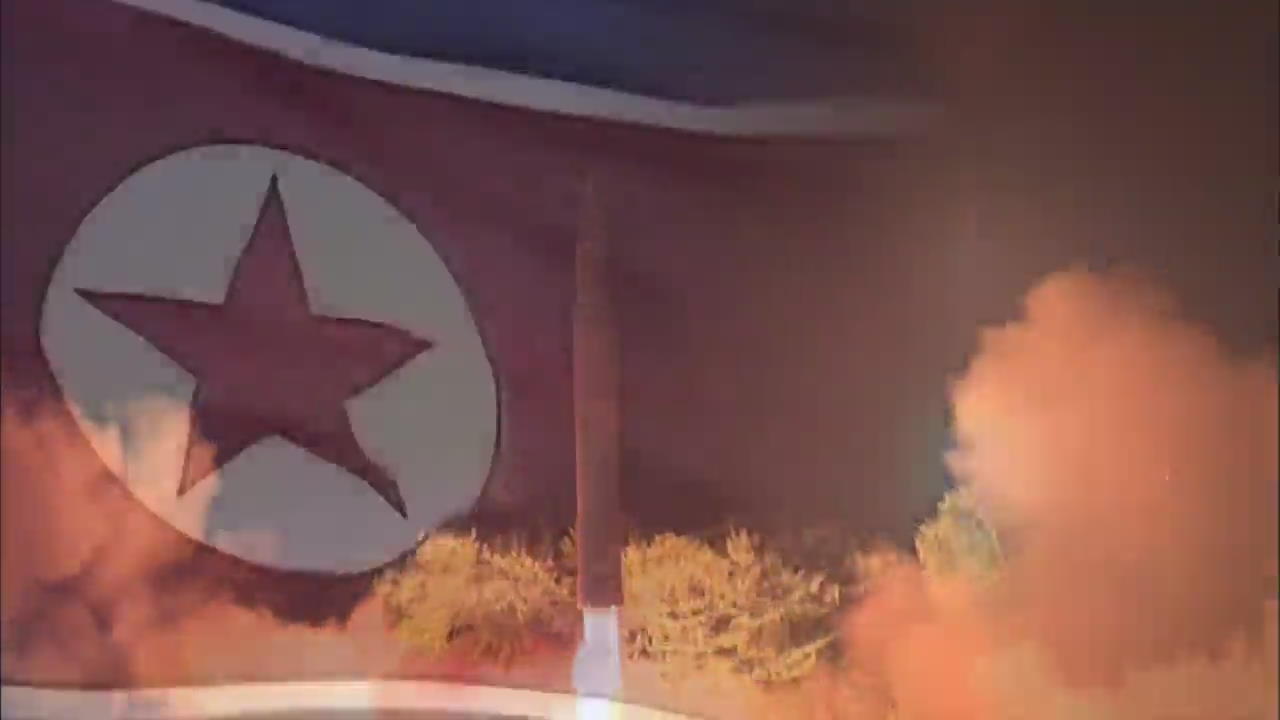

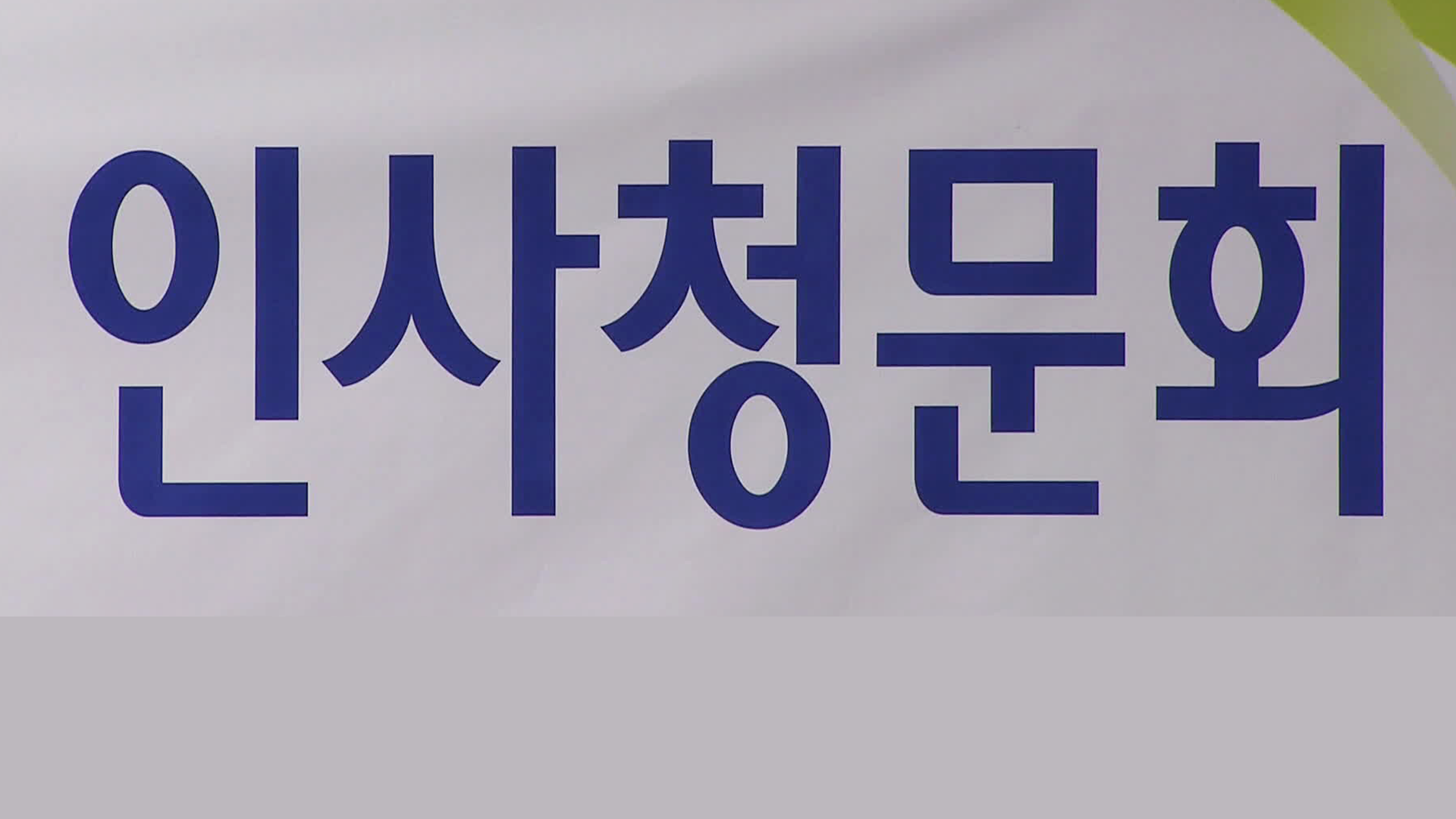
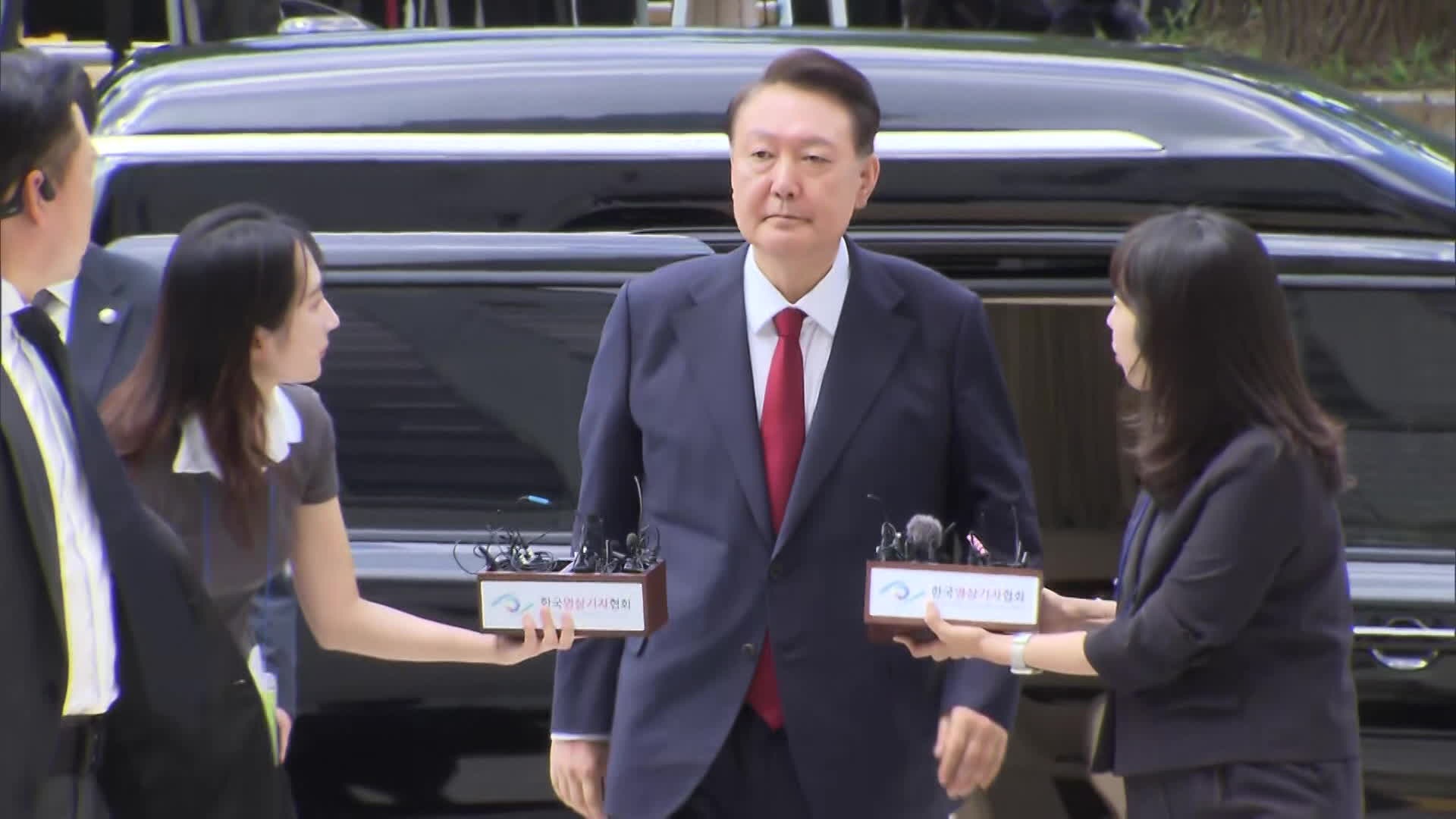
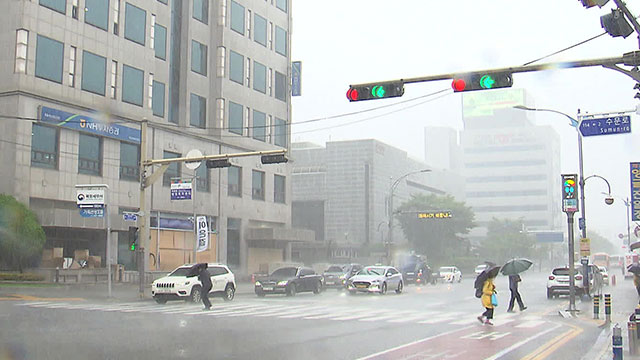

이 기사에 대한 의견을 남겨주세요.